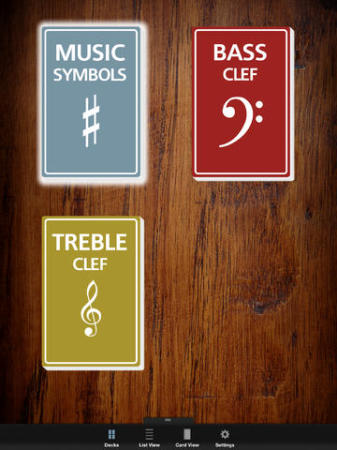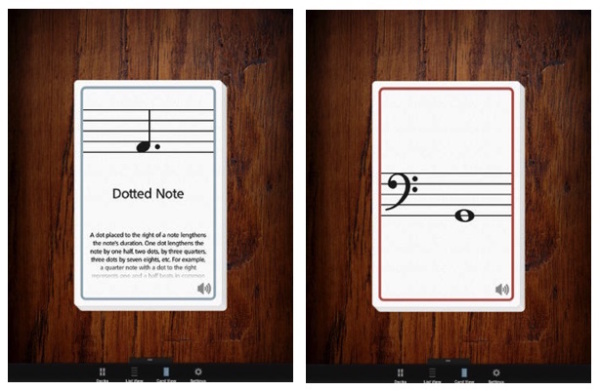![]()
For the past couple of years, I’ve been using a form I created using Microsoft Word to track payments received from piano students each month. I printed a new sheet each month (that way I could update the student roster list each month as it inevitably evolves), inserted it into my three-ring binder, and then penned in the details about each payment. Here is what that form looks like:
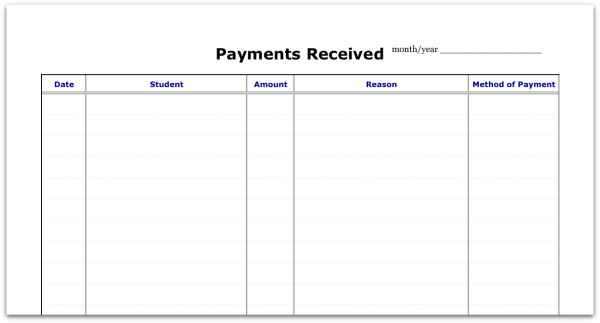
 (Click here for details about downloading that form.)
(Click here for details about downloading that form.)
For the past few months, I’ve been testing out a new digital version of this form using Apple’s Numbers app on my MacBook. The advantage of this system is that if I save the document in iCloud, I can edit the spreadsheet from my iPad in the Numbers app. Thanks to iCloud, everything stays synced. I am loving this system so far!
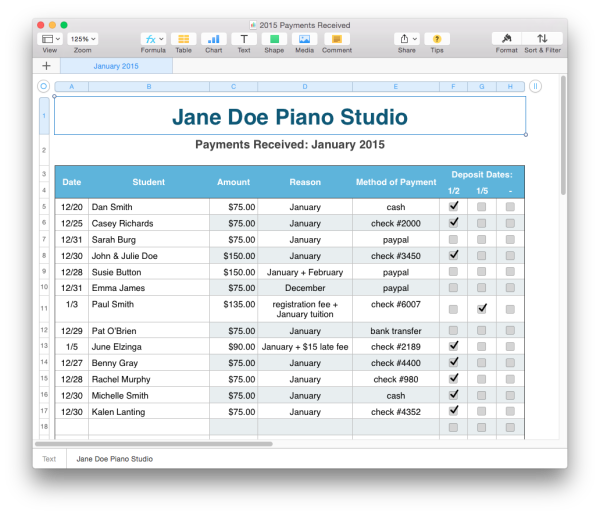
Continue reading “Digital Version: Spreadsheet for Payments Received”


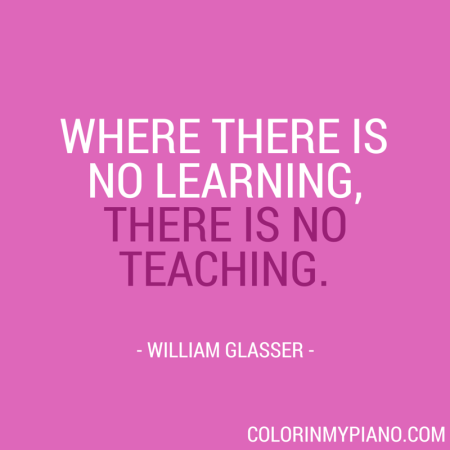

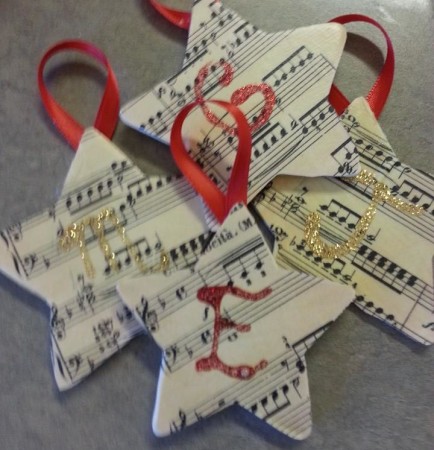
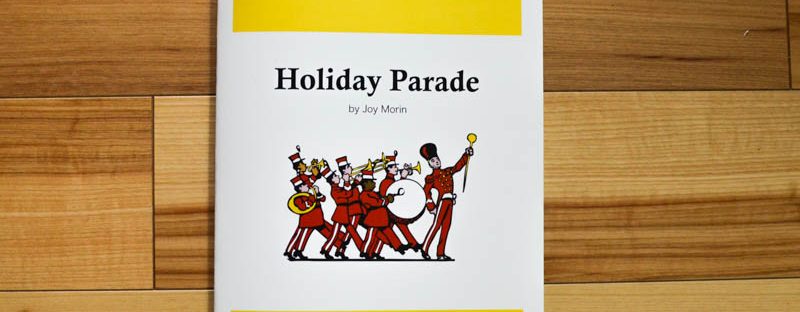










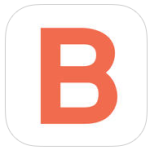

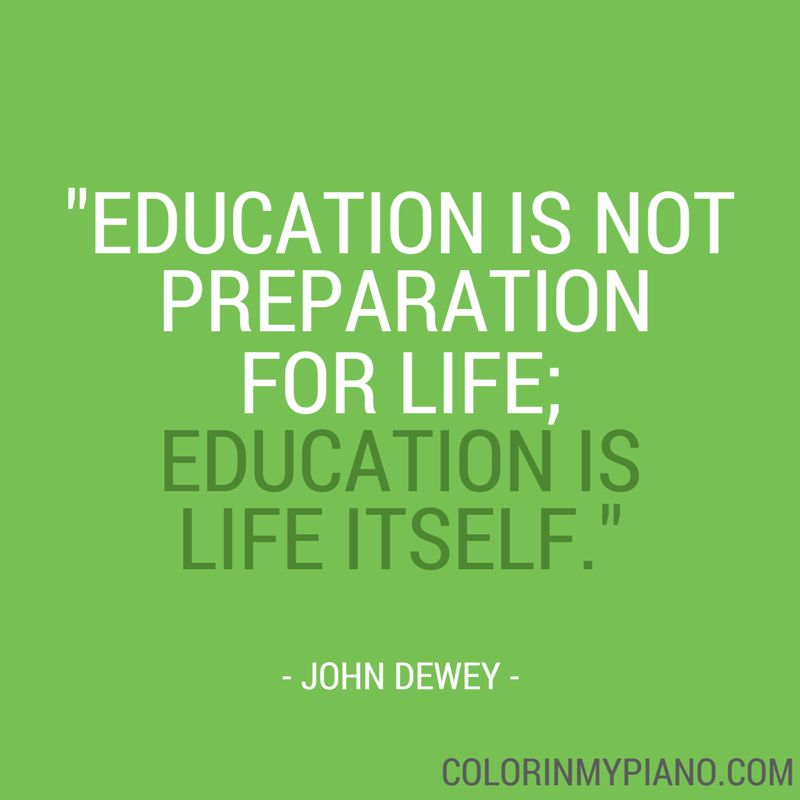
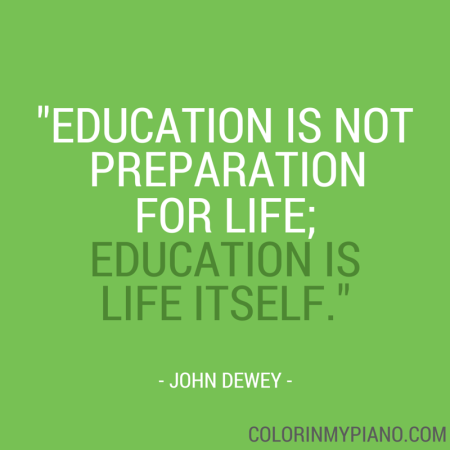
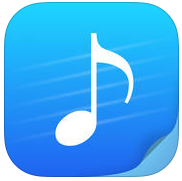
 Music Flash Class
Music Flash Class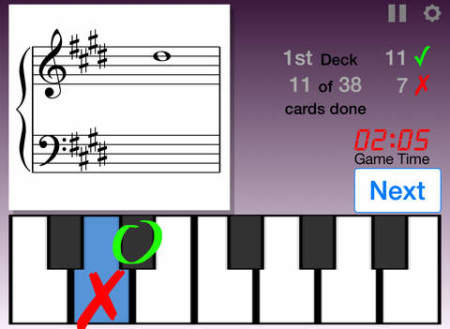

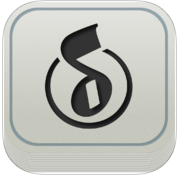 MusicNotes Deck
MusicNotes Deck